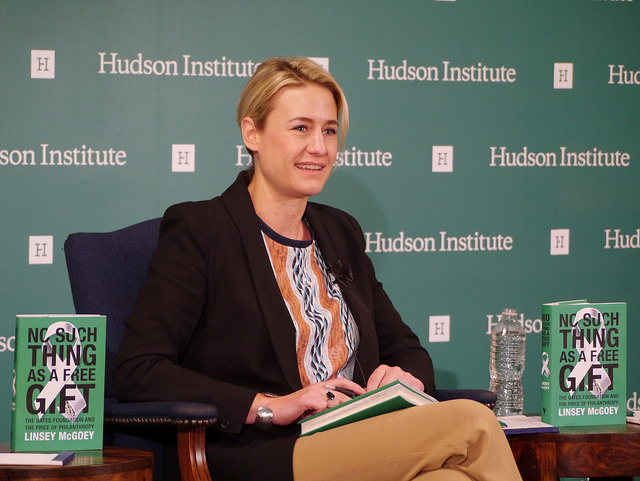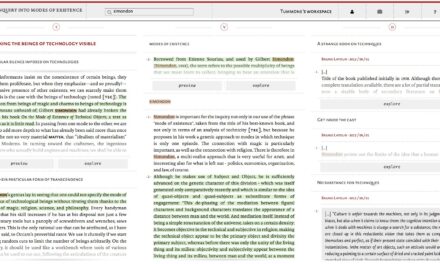Scotland’s digital learning and teaching strategy is a most welcome – and I dare say (?) much awaited – document in a so called digital knowledge economy. Such a proposal should not come as a surprise given Scotland’s well documented intention to support digital practices as part of Scotland’s Digital Future strategy.
What comes as an underwhelming revelation however is the over-emphasis in the Digital Learning and Teaching Strategy on digital access, not least because the percentage of young people with access to the Internet in Scotland has been around 96.5% since 2014, a number that has been steadily growing since 2007. This figure may well be related to the emergence of smart phones – those tiny little computers we bring in our pockets and which are powerful machines for retrieving and creating information.
I suspect that the ‘access’ imperative relates to the need to equip all schools with a proper Internet connection. Yet, I am still puzzled as to why such a progressive vision on digital learning should start and stop at the connection level. Surely, access, i.e., connection to the Internet, is essential, but understanding what access enables is of equal importance.
What access to the internet in (educational) practice means is the availability of the web as both a tool and an environment for learning; the colliding and collapsing of two worlds where information is available and learning from different sources, practices and approaches is made possible. Yet the web is never mentioned in this strategy.
Beyond access to information, what the web enables is the creation of information, and through it representations of learning practices and of their creators. And this, for me, is what is lacking in this strategy; a vision of a digital learning and teaching strategy that is informed and supported by an understanding of digital participatory practices that pervade our contemporary society and which reflect an ever (trans)forming digital culture.
There is a real opportunity here to relate Curriculum for Excellence’s four capacities (often contested for its lack of specification) – 1) effective contributors, 2) responsible citizens, 3) successful learners and 4) confident individuals – to digital education, given that they align well with the principles of the Digital Participatory Culture (see Delwiche & Henderson, 2012; Jenkins, 2009; Jenkins et al., 2015). Yet, a strategy that focuses primarily on access to learners and on teachers’ preparation to deliver – rather than enabling – learning in a digital context seems a faraway approach from what is happening on the (digital) ground.
References:
Jenkins, H. (2009). Confronting the Challenges of Participatory Culture: Media Education for the 21st Century. MIT Press.
Jenkins, H., Ito, M., & boyd, danah. (2015). Participatory Culture in a Networked Era: A Conversation on Youth, Learning, Commerce, and Politics (1 edition). Cambridge, UK ; Malden, MA: Polity Press.
Delwiche, A., & Henderson, J. J. (Eds.). (2012). The Participatory Cultures Handbook. New York: Routledge.











